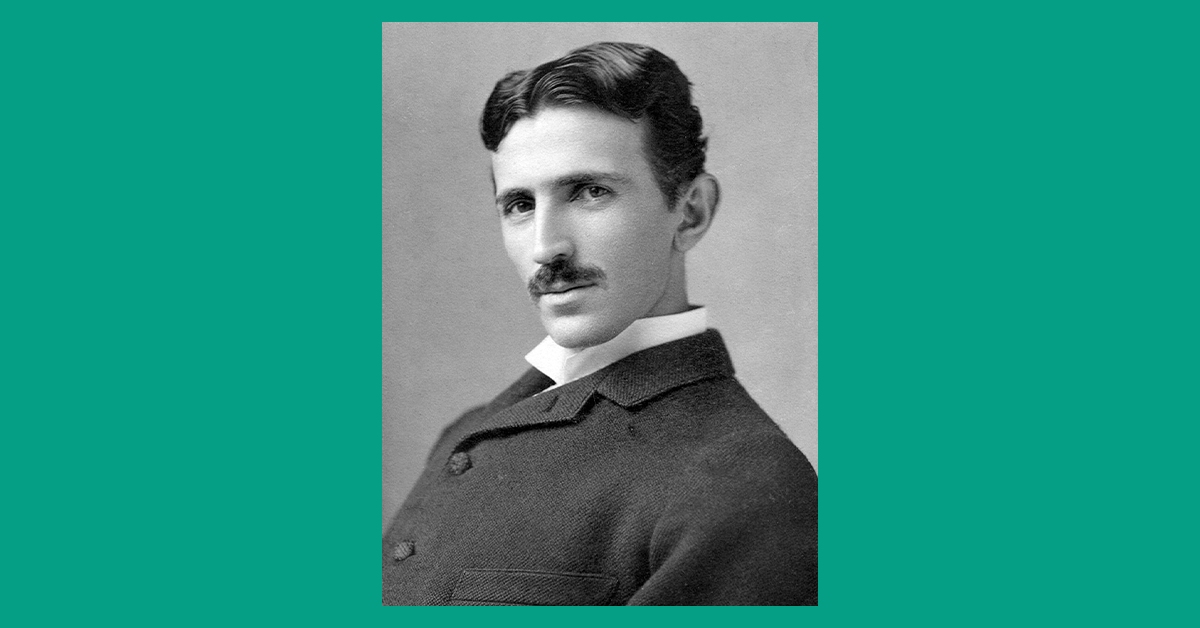Nikola Tesla was an inventor, electrical engineer, mechanical engineer, and futurist best known for his contributions to the design of the modern alternating current (AC) electricity supply system.
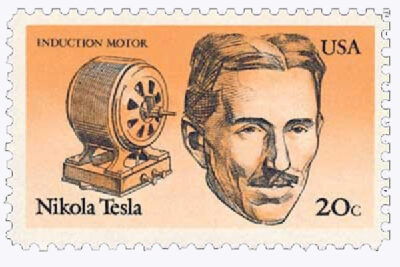 Nikola Tesla was born on 10 July 1856 in Smiljan, Austrian Empire (present-day Croatia). The fourth of five children, Tesla discovered as he attended school that he had an eidetic memory—meaning he could retain more information for longer than his fellow students. This sometimes got young Tesla in trouble as his teachers thought him to be cheating.
Nikola Tesla was born on 10 July 1856 in Smiljan, Austrian Empire (present-day Croatia). The fourth of five children, Tesla discovered as he attended school that he had an eidetic memory—meaning he could retain more information for longer than his fellow students. This sometimes got young Tesla in trouble as his teachers thought him to be cheating.
In 1875, Tesla attended the Austrian Polytechnic, a higher-education school in Graz, Austria. Tesla did well in his first year but later became addicted to gambling, and his success faltered. He left the school in 1878. In 1880, Tesla attended several lectures at Charles-Ferdinand University in Prague as he had been too late to enroll formally.
Edison, Tesla Electric Light & the World’s Fair
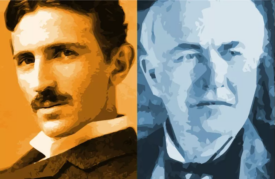
Image credit-Karl Tate Live Science
After leaving Prague, Tesla worked at a telegraph company in Budapest before moving to France in 1882, where he worked for the Continental Edison Company. In June 1884, he immigrated to the United States, thanks to a letter Edison received from respected inventor Charles Batchelor. Batchelor wrote, “I know two great men; one is you (Edison), and the other is this young man.” Edison hired Tesla to work for him in New York City. The two worked well together for about a year but broke ties when Edison refused to pay Tesla a promised amount after he improved several of Edison’s motors and generators.
Tesla then partnered with two businessmen to create Tesla Electric Light and Manufacturing. He filed several patents, all of which he gave to the company. However, his partners then decided to focus on supplying electricity. They established a new company, leaving Tesla with nothing. To pay the bills, he reportedly worked as a ditch digger for $2 a day, though he was distraught that his talent was going to waste.
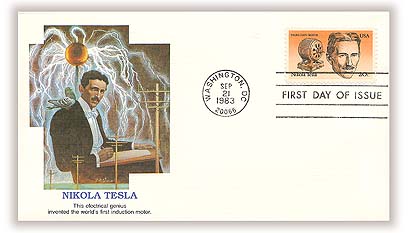 Then, in 1887, Tesla met two investors who gave him the funding to create the Tesla Electric Company in Manhattan. While working there, he developed the groundbreaking alternating current induction motor. He impressed the Westinghouse Company, and they agreed to license the technology and pay him up front. However, Westinghouse later convinced Tesla to sell them the patents for a single sum, which likely prevented Tesla from making a fortune.
Then, in 1887, Tesla met two investors who gave him the funding to create the Tesla Electric Company in Manhattan. While working there, he developed the groundbreaking alternating current induction motor. He impressed the Westinghouse Company, and they agreed to license the technology and pay him up front. However, Westinghouse later convinced Tesla to sell them the patents for a single sum, which likely prevented Tesla from making a fortune.
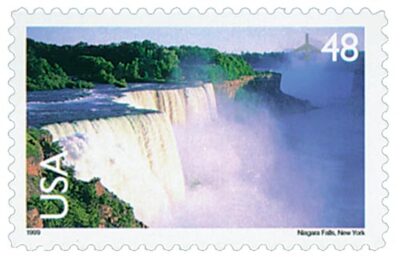 In 1891, he became an American citizen. In 1893, Tesla helped supply the power to the World’s Columbian Exposition in Chicago. He illuminated more light bulbs than could be found in all of Chicago. He also entertained audiences with several spectacles, including an electric light with no wires. Tesla would later help Westinghouse win a contract to generate electrical power at Niagara Falls, creating the world’s first large-scale AC power plant.
In 1891, he became an American citizen. In 1893, Tesla helped supply the power to the World’s Columbian Exposition in Chicago. He illuminated more light bulbs than could be found in all of Chicago. He also entertained audiences with several spectacles, including an electric light with no wires. Tesla would later help Westinghouse win a contract to generate electrical power at Niagara Falls, creating the world’s first large-scale AC power plant.
Hardships & Final Days
Despite his brilliance, Tesla endured hardships. A fire destroyed his Manhattan lab in 1895, taking his notes and prototypes with it. And when he demonstrated wireless control of a boat, many claimed it was a hoax. Tesla then explored the wireless transmission of electric power. He believed he could provide wireless electricity and communication around the world. Tesla made poor financial decisions most of his life, so he spent his final years with little money.
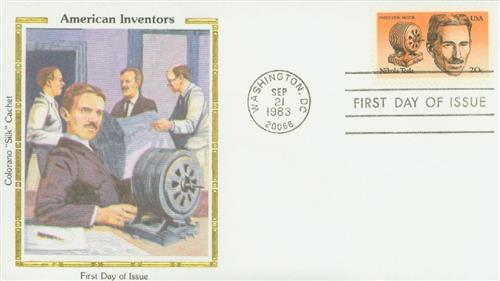 He died on January 7, 1943, in New York City. Tesla was a brilliant inventor, engineer, and physicist. His experiments and research changed the world. He developed what became our modern alternating current (AC) electricity, experimented with x-rays and radio waves, and improved many pre-existing technologies.
He died on January 7, 1943, in New York City. Tesla was a brilliant inventor, engineer, and physicist. His experiments and research changed the world. He developed what became our modern alternating current (AC) electricity, experimented with x-rays and radio waves, and improved many pre-existing technologies.
He held 300 patents and could speak eight languages. Tesla developed so many important theories and advances that he is called the “Father of Physics.”
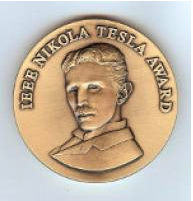 The IEEE Nikola Tesla Award is a Technical Field Award given annually to an individual or team that has made an outstanding contribution to the generation or utilization of electric power.
The IEEE Nikola Tesla Award is a Technical Field Award given annually to an individual or team that has made an outstanding contribution to the generation or utilization of electric power.


